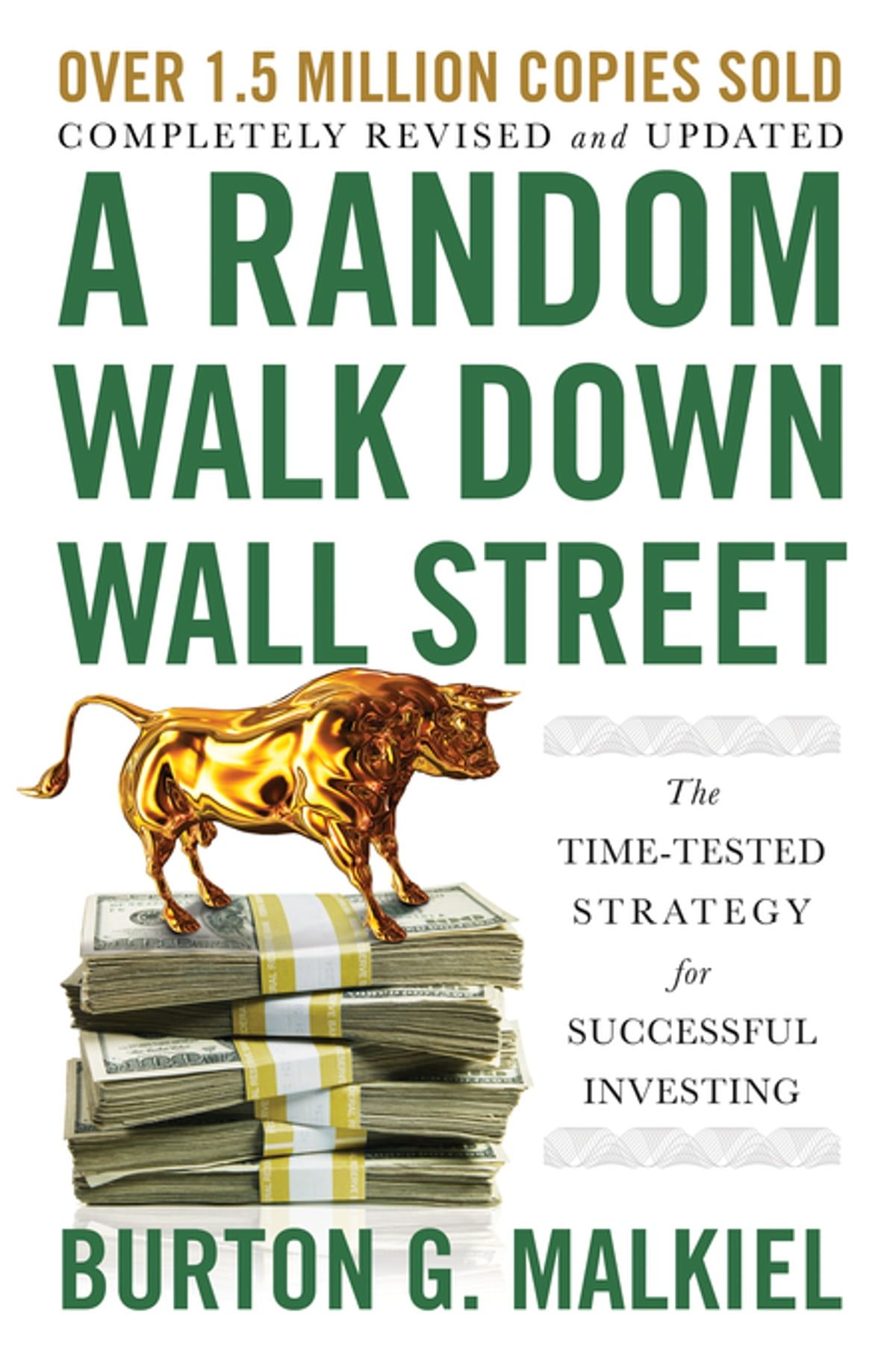A Random Walk Down Wall Street by Burton Malkiel — Book Summary and Notes
A Random Walk Down Wall Street advocates for the individual investor to take control over their financial journey through lessons from history, behavioral economics, and market theory.
“Persistent Patterns” in the stock market occur no more frequently than the runs of luck in the fortune of any gambler. With large numbers of technicians predicting the market, there will always be some who have called the last turn, but none will be consistently accurate.
A Random Walk Down Wall Street advocates for the individual investor to take control over their financial journey through lessons from history, behavioral economics, and market theory.

A Random Walk Down Wall Street
By Burton Malkiel
Investment Philosophies
Firm Foundation Theory
Assets have an intrinsic value based on their present conditions and future potential.
- Value present dividends and estimated growth of future dividends.
- Challenge: Reliance on Future Estimates.
Castles in the Air Theory
Assets are only worth what someone else is willing to pay for it.
- Value is purely psychological.
- Invest in stocks others will value.
- Buy before the crowd.
- Challenge: Timing the Stock Market.
Technical Analysis
- Relies on stock charts (past performance) to predict future price movements.
- Believes that stock values are roughly 90% psychological, and 10% rational.
- Often traders, rather than long-term investors.
Key Assumptions:
- All economic data (earnings, dividends) are reflected in a stock’s past prices.
- Stock prices tend to follow trends.
Fundamental Analysis
- Predict a firm’s future earnings and dividends by understanding the company.
- Believes that stock values are roughly 90% rational and 10% psychological.
Key Assumptions:
- All buyers are rational.
- Stocks increase in value primarily though four signals: P/E Ratio, Dividend, Interest Rates, Degree of Risk.
1. Past performance does not indicate future performance.
2. It is not possible to account for randomness.
What is Investment Risk?
- The probability that a security will decrease in value. The greater the risk, the greater the variance. Risk is the variance in the standard deviation of returns.
- Beta is systemic or market risk – it measures how a stock moves with the overall market.
- Unsystematic risk – risk associated with a particular company
- Diversification cannot eliminate systemic risk, but it can reduce unsystematic risk.
Lessons From Behavioral Finance
Financial markets foregrounds human behavior. People are irrational in systematic and predictable ways.
- Overconfidence: Selective memory of success
- Herd Mentality: Never follow the crowd
- Loss Aversion: Prospect Theory—Loses are 2.5x more undesirable as gains
- Hindsight Bias: Overestimate predictiveness of past events.
Asset allocation principles
- History shows that risk and return are related
- You must distinguish between your attitude toward and your capacity for risk. The risks you can afford to take depend on your total financial situation, including the types and sources of your income exclusive of investment income.
- Dollar cost averaging can be a useful, though controversial, technique to reduce risk.
- Never take on the same risks in your portfolio that tack to your major source of income
- Take advantage of tax deductible retirement accounts
- Tread carefully in commodities
- Limit expenses
The Enterprising Investor's Guide to Stocks
- Confine stock purchases to companies that appear able to sustain above-average earnings growth for at least five years. Growth increases, earnings, dividends, and likely the multiple the market will pay for those earnings.
- Never pay more for a stock than can reasonably justified by a firm foundation of value. No perfect measure, but look at how stock trades relative to market and growth potential. Avoid stocks with many years of high growth priced in.
- It helps to buy stocks with the kinds of stories of anticipated growth on which investors can build castles in the air. Try to be where other investors will be a few months from now. Look for castle in the air stories that rest on a firm foundation.
- Trade as little as possible. Ride the winners and sell the losers. Sell before end of each calendar year any stocks on which you have a loss. Wait if it will win, but don’t have patience for losing stocks. Losses can help tax burden.
Quotes
- “People who would spend hours researching the pros and cons of buying a $50 kitchen appliance would risk tens of thousands on a chat-room tip.”
- If you’re so smart, why aren’t you rich?”
- “It’s far more profitable to sell advice than to take it.”
- “Lottery buyers pick their own numbers. It is this illusion of control that can lead inventions to see trends that do not exist.”
- “Poker Game: If you sit down at the table and can’t figure out who the sucker is, get up and leave because it’s you.”
- “The best holding period is FOREVER.”
- “Murphy’s Law: Anything that can go wrong will go wrong”
- “Every investor must decide the trade-off he or she is willing to make between eating well and sleeping well.”
